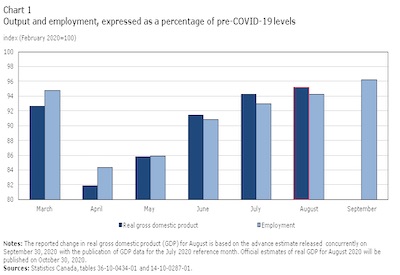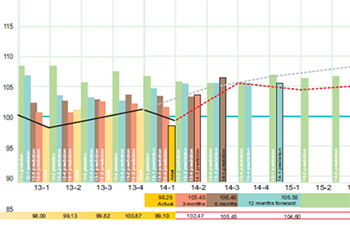Canadian Business Lessons from Vimy Ridge

By Rick McCarten
May 15, 2017
One hundred years ago, on the 9th of April, 1917, Canadian military units — under the direction of Canadian generals — ventured up a hill in France. The hill is known as Vimy Ridge. The mission to take the ridge from the Germans was successful. Its significant location helped turn the war. The victory that came was a boost to the allied troops and helped crystallize who Canada was as a nation.
On that day in April, from what I can ascertain, my grandfather, who was in a Toronto regiment, set out to climb out of the trenches and up the hill with close to 100,000 others. He was one of the lucky ones, receiving only a flesh wound. My grandfather lived to receive the glory. At that time, it was the kind of thing where you came back home, mentioned you were at Vimy Ridge, and someone gave you a job for life.
Tim Cook recently released a great book about Vimy Ridge to celebrate its anniversary. My grandfather died when I was very young, so I was never able to talk to him about his experiences. Naturally, I felt compelled to read more about the event to find out what my grandfather might have seen on that fateful day.
We are all familiar with the premise of the WWI battle. Thousands of soldiers would attack the entrenched enemy, who hid in trenches and tunnels and laid barbed wire, hurl grenades and rain down bullets from machine guns at the exposed soldiers. It was bad enough taking out the enemy on a level field, but even worse if you had to charge uphill.
The ridge had been attempted before. Today, the craters, which are visible from space, still cannot be walked on — partly because of the hundreds of unknown soldiers who are still lying buried beneath the rubble, and partly because some of the bombs thrown in no man’s land still have not detonated.
The victory of the Canadians troops was two-fold:
- training. Weeks before the battle, Canadians were working behind the lines going over and over procedures. When it came time to launch the offensive, everyone knew not only what they had to do, but how to do it.
- speed. The Germans had no time to bring in reserves or to counterattack. Canadians moved quickly behind extensive cannon fire to disrupt and occupy the ridge. The British guns were all brought to bear on a single line and were then readjusted to the next line, while Canadians troops cleaned up what was left of the first and waited to take the second… and then the third.
That plan, well executed, and with intense activity proved to be the undoing of trench warfare. A few years later, another war, and the same technique was applied by Hitler with his blitzkrieg to defeat resistance from both France and Poland. Apparently, Hitler as a soldier had been in the trenches on the hill just weeks before the Canadians had taken it. He was there once again, this time as the general who broke through the French line and took back “the Ridge.”
What can we take from this?
- Faced with a no-win situation, we can reinvent ourselves, and we can find strategy. At Vimy they used large cannons and huge amount of mortar to neutralize the machine guns.
- Training and rehearsals are mandatory for any new idea. This is especially true if you need quick responses. At Vimy, troops were trained to move at a pace that put them just behind the bombing.
- If you get it right, if you land the job, make the deal, you will rally your troops, and build a reputation and spirit that can grow a nation.
Rick McCarten is VP, Operations, Electro-Federation Canada.











